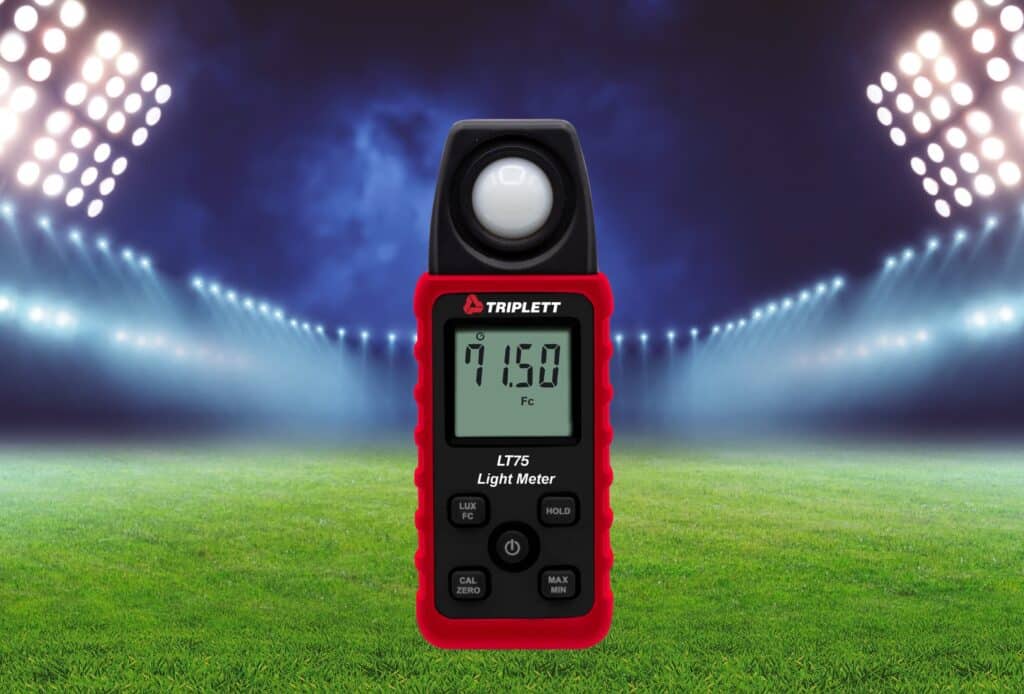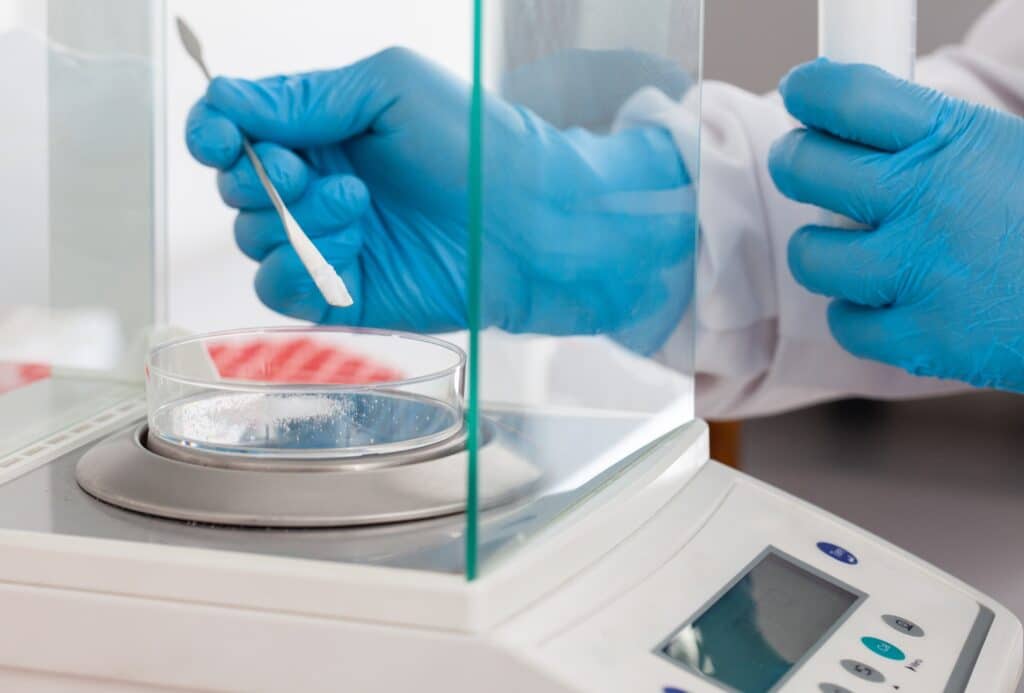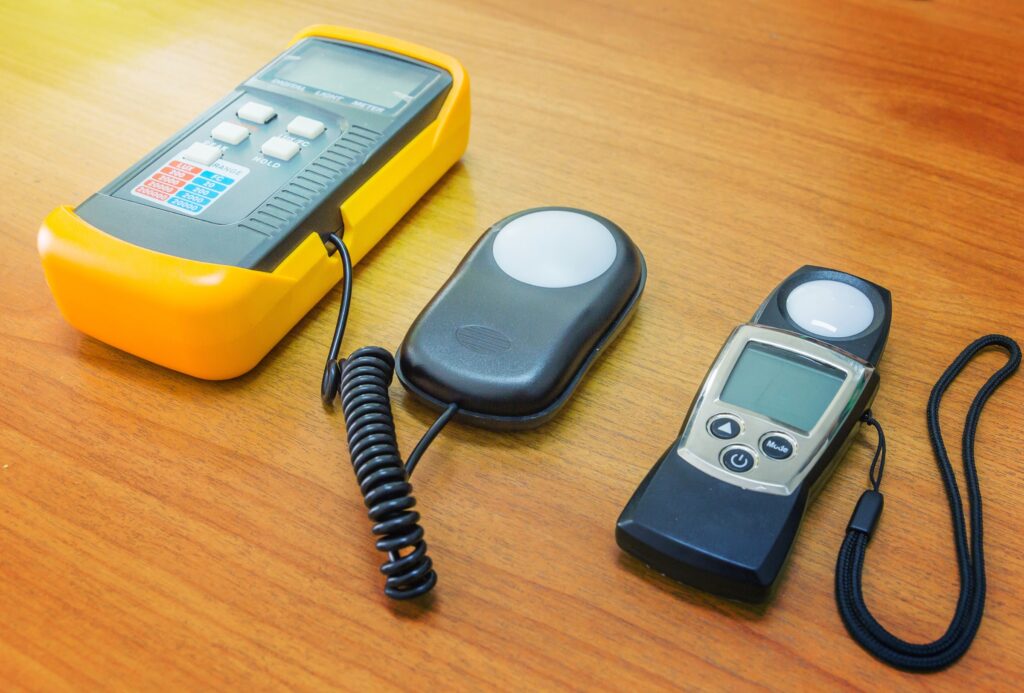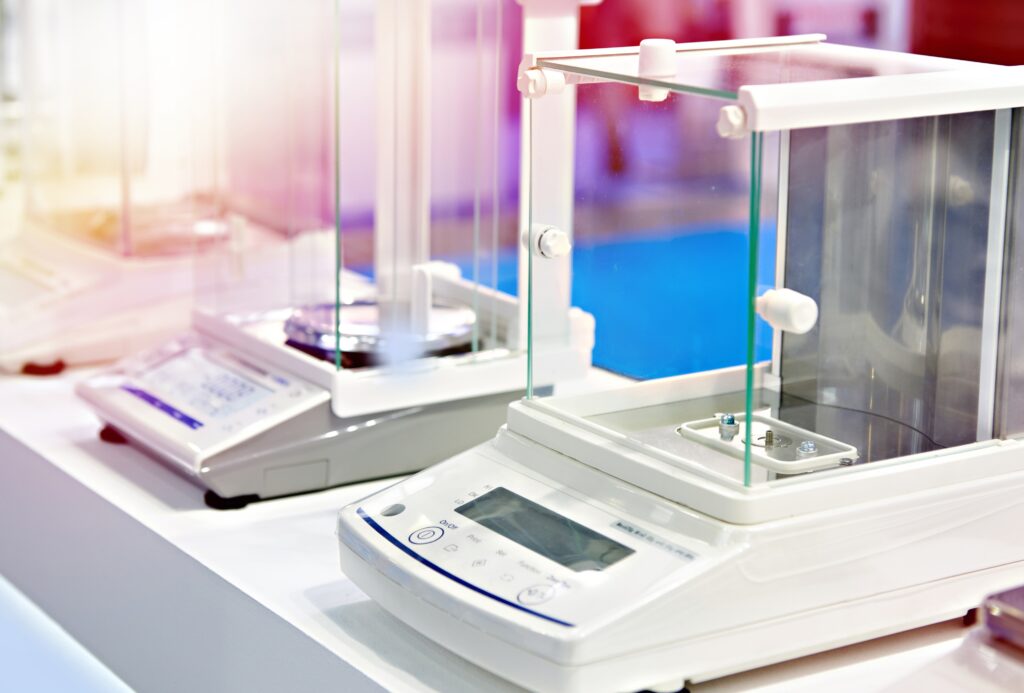Exploring the World of Non Destructive Testing Technique and Applications
Non destructive testing (NDT) plays a crucial role in various industries. It ensures the safety, reliability, and longevity of materials and structures without causing damage. This non destructive testing technique is invaluable in industries like aerospace, automotive, construction, and manufacturing.
What is Non Destructive Testing?
Non destructive testing involves evaluating materials, components, or systems without causing harm. This method ensures the integrity and reliability of structures while saving time and cost. The goal is to detect defects, inconsistencies, or changes in material properties.
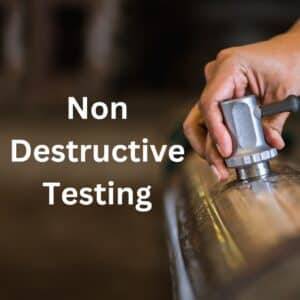
Key Non Destructive Testing Technique
1. Ultrasonic Testing (UT): Ultrasonic testing uses high-frequency sound waves to detect flaws. This method can inspect metals, plastics, and composites. It is highly effective in identifying internal defects and measuring thickness.
2. Magnetic Particle Testing (MPT): Magnetic particle testing detects surface and near-surface defects in ferromagnetic materials. A magnetic field and iron particles highlight flaws, making them visible under UV light.
3. Radiographic Testing (RT): Radiographic testing uses X-rays or gamma rays to examine the internal structure of objects. This technique is widely used in welding inspections and detecting hidden flaws.
4. Liquid Penetrant Testing (LPT): Liquid penetrant testing reveals surface defects in non-porous materials. A liquid dye is applied to the surface, then removed, leaving dye in defects. A developer makes these defects visible.
5. Eddy Current Testing (ECT): Eddy current testing detects surface and sub-surface defects in conductive materials. It uses electromagnetic induction to identify flaws, measure thickness, and test conductivity.
Advantages of Non Destructive Test
Non destructive examination methods offer several benefits:
– Safety: NDT methods ensure the safety of structures by detecting potential failures early.
– Cost-Effective: Identifying defects early can prevent costly repairs and downtime.
– Efficiency: NDT methods provide quick and accurate results.
– Versatility: NDT techniques can be applied to a wide range of materials and industries.
Applications of NDT
Non destructive testing methods are essential in various sectors:
– Aerospace: Ensures the integrity of aircraft components and structures.
– Automotive: Inspects critical parts to prevent failures and ensure safety.
– Construction: Evaluates the quality of buildings and infrastructure.
– Manufacturing: Maintains quality control and ensures the reliability of products.
Ultrasonic Testing: A Closer Look
Ultrasonic testing stands out among non destructive testing methods due to its versatility and precision. It can inspect a wide range of materials and detect internal defects that other methods might miss. If you’re interested in exploring ultrasonic testing products, visit to find high-quality ultrasonic testers.
Conclusion
Non destructive test technique are indispensable in maintaining safety and quality across various industries. From ultrasonic testing to radiographic testing, each method has unique advantages and applications. Investing in the right NDT test methods ensures the longevity and reliability of your materials and structures.
Non destructive examination methods are not just a safety measure but a cost-saving strategy that enhances efficiency and reliability. Stay ahead in your industry by implementing effective non destructive testing methods and ensuring the highest quality standards.
Explore more about non destructive testing and find the best NDT products to meet your needs. Stay informed, stay safe, and ensure the integrity of your structures with reliable non destructive testing techniques.
Related Post
Accurate light measurement is essential for various applications, from ensuring
Analytical balances are essential in laboratories. Their high precision and
Measuring light accurately is essential for various applications. Whether you’re
In our daily lives, light plays a crucial role in
Analytical balances are crucial in scientific research and industrial applications.
Weather stations play a vital role in monitoring and predicting

